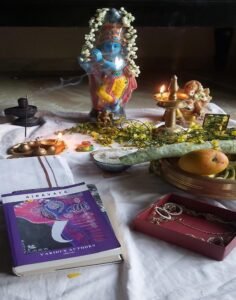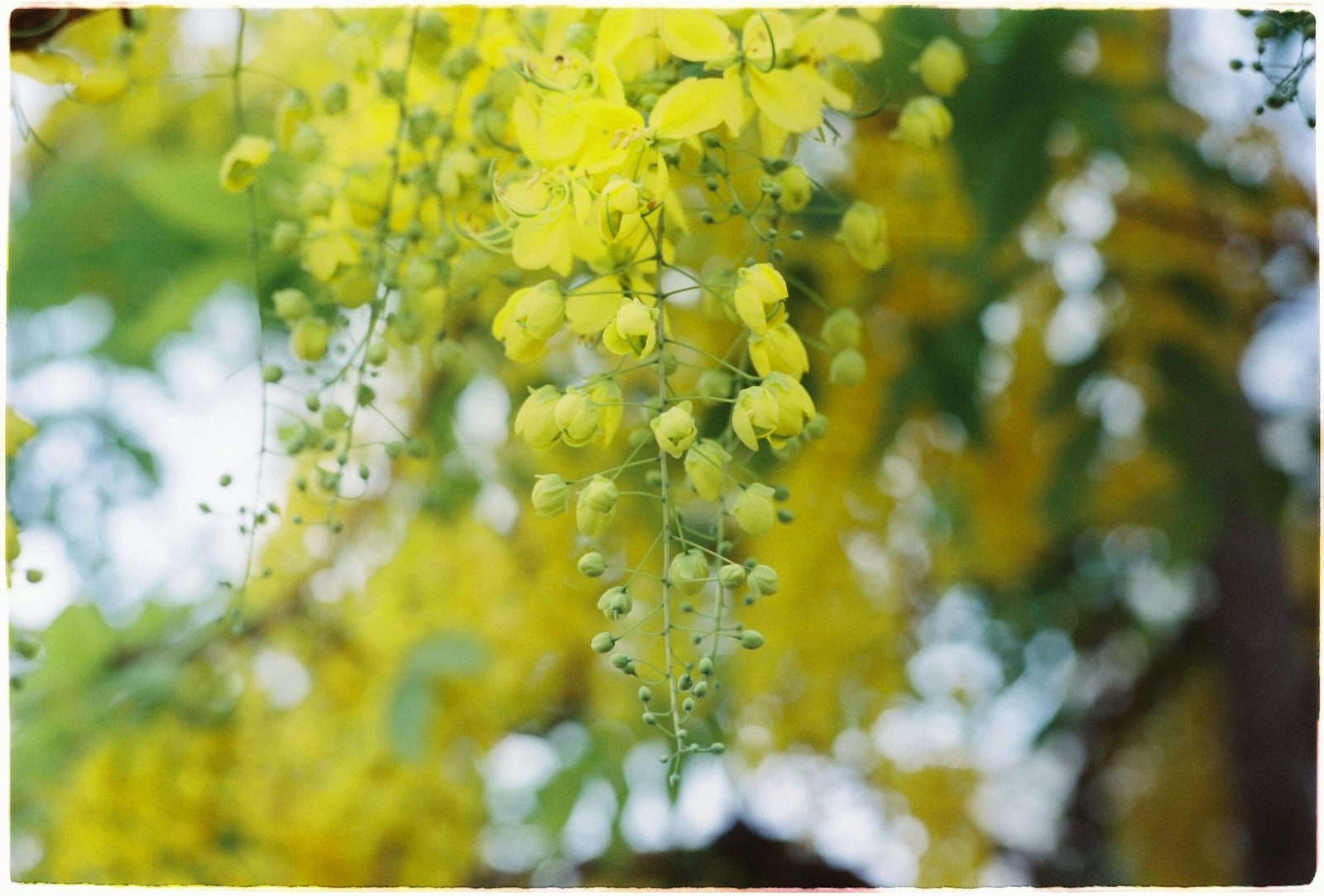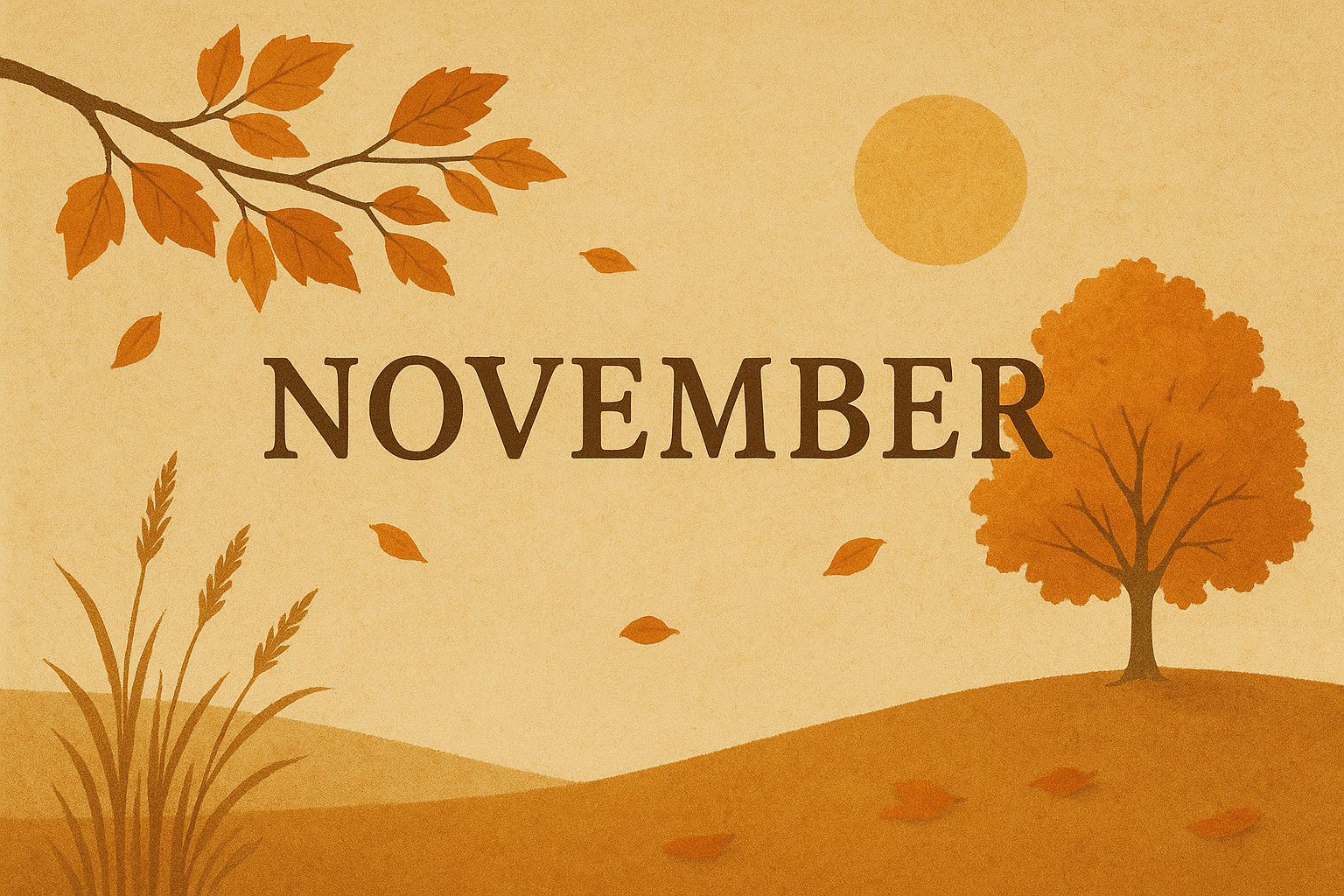The Arrival of Vishu Konna Flowers
The month of April greets me with a carpet of yellow flowers, all along the pavement of my walking track. The flower we Malayalis call ‘Vishu Konna’, is an offering to the Lord for our New Year, Vishu. Now, the Konna Poovu is something we all feast our eyes on, from the onset of April. Casia Fistula (the scientific name), is also termed the Golden Shower or the Indian Laburnum. Tall trees, blooming with their yellow-flowered tops, and the beautifully scattered Konna Poovu mark the arrival of the Malayali New Year.The Legend
Every year, Vishu falls on the 14th of April (at times, on the 15th), and that happens to be the first day of the Malayalam month, Medam Maasam. As the mythology behind it goes, this is believed to be the day when Lord Krishna slays the evil demon Narakasura. Perhaps that is the reason why the Krishna Vigraham (Krishna statue) holds an important place in the formation of Vishu Kani.An Auspicious Offering
So, what is Vishu Kani? Yes, I’ll be talking about it very soon, as it is the most exciting part of the Vishu celebrations. When D-day finally arrives, the parents (usually the elders) of the house rise early, bathe, drape the finest Mundu Veshtis, and set the Vishu Kani, which, as I mentioned, is what we Malayalis eagerly look forward to. Kani is like an offering to God, consisting of everything that symbolises good health and prosperity. So you have a florally decorated Krishna Vigraham, surrounded by Vishu Konna flowers, lit lamps, bowls of rice and pulses, lots and lots of freshly harvested seasonal fruits and vegetables, coconuts, newly purchased clothes and jewellery, and a mirror. It’s basically Dhanam and Dhaanyam, which means all those items that signify plentiful food and prosperity. A mirror’s reflection indicates the hope that these blessings will multiply.Meaning Behind the Rituals
Well, you could always google the complete Vishu Kani items, and some more stuff might pop up, but what’s important is that all these have to be ornately arranged before Lord Krishna. The arrangement could vary from person to person. There is no set rule; some Kanis are simple, some elaborate. But the activity should be fun, bringing joy to your mind. And why, again, is it called Kani? It is supposed to be the very first thing the children of the house should see that day, the New Year. Kani comes from the word Kaanal, which in Malayalam means seeing. The fun doesn’t stop there. After setting up the Kani, mothers wake up the children but don’t let them open their eyes. Covering the eyes with their hands, mothers usually walk the children to the puja room, and when they come face-to-face with the Kani, they let the children open their eyes. This custom is to ensure an auspicious beginning to their year by seeing Kani first thing in the morning.
A Third-Generation Vishu Celebration
Being a 3rd generation Mumbai Malayali, my Vishu Kani doesn’t generally encompass every item mentioned in the traditional list, but I do try my best. I am not much of a decorator, and my kani is often very humble. But having said that, arranging Vishu Kani is one of those little things in my life that gives me the utmost joy. I await Vishu’s arrival every year, mainly to decorate my puja room for the Lord. I also place books as an offering; I believe, more than ornaments and riches, a successful academic year is what I look forward to.
Firecrackers to Feasts
After seeing the Kani, crackers burst in the morning, creating Diwali-like vibes. Also, the younger generation is gifted cash or kind by the elders; it’s called the Vishu Kaineettam. Kaineettam quite literally means stretching out your arms to the grown-ups so they can place something in your palms! The rest of the day is spent visiting the temple, making merry with friends and family, and of course, any celebration is incomplete without the lunch feast (Sadhya). We cook all our traditional favourites, like rice with Sambaar, Rasam, Kaalan, Olan, Toran, pickles, papadam, and, most importantly, Payasam (kheer).
Celebration of New Beginnings
Celebrating Vishu holds a special place in every Malayali’s heart, wherever in the world he might be. More than just the New Year, Vishu marks the beginning of everything auspicious, of all things filled with divine positivity. As I pen this piece, I feel the joy and excitement, as Vishu is just around the corner, and I can’t wait to welcome the New Year.
By Preethi Warrier
Preethi Warrier has completed her Masters in Electronics Engineering and is an Assistant Professor. She is one among the winners of the TOI Write India Campaign Season-1, for the famous author Anita Nair. She can be contacted at : warrier.preethi@yahoo.com















